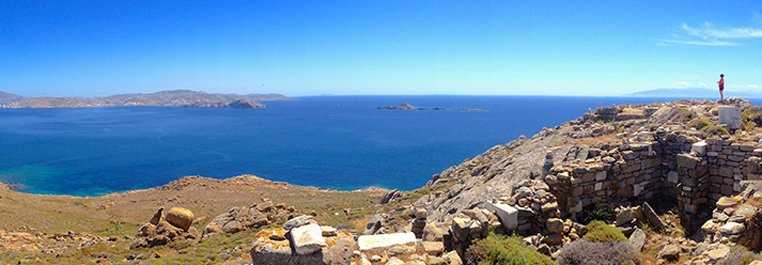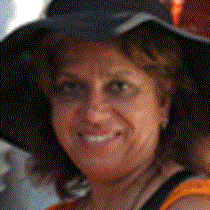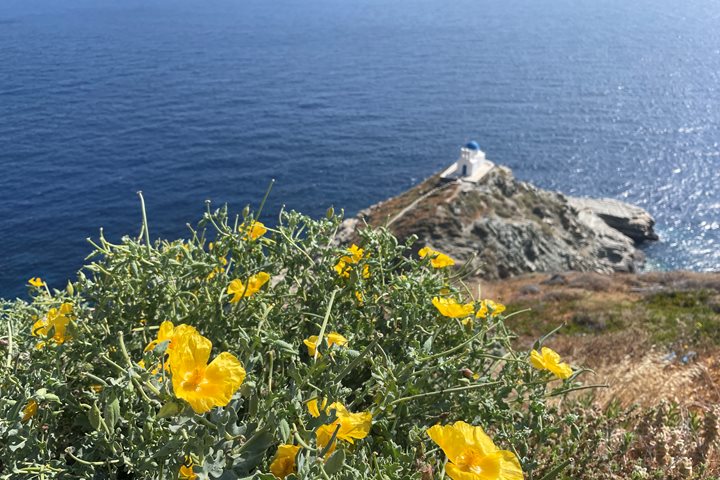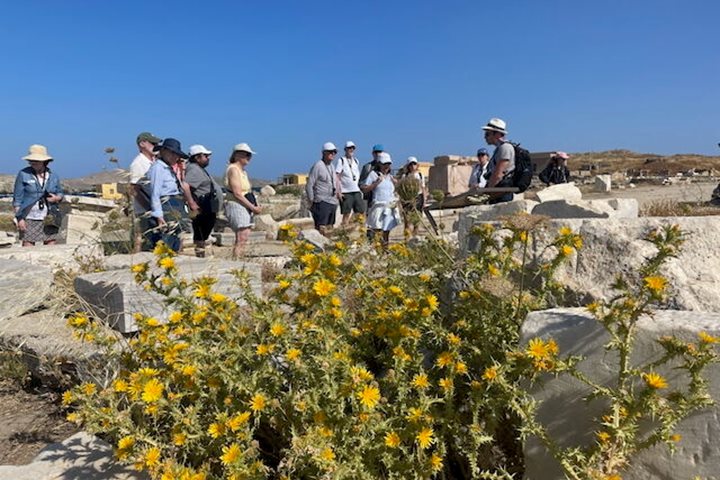Delos is an isle of ghosts—uninhabited since the first century B.C. Once its population was 30,000 people. It all started in mythical times when Leto came here to give birth to her twins. First she bore Artemis and then Apollo. The sacred palm where this happened is a visible landmark. In historical times the people of Naxos, Samos, and Paros embellished the sanctuary with votives. The lions terrace, the colossal statue of Apollo, and the Oikos of the Naxians were the first. Later the Athenians purified the island and developed it further. The League of Ionian Cities of the Aegean met here and their treasury was kept in this sacred place. After the death of Alexander the Great the population grew. New trade routes developed and the religious center of the Cyclades became the commercial center as well. Under the Romans it was declared a free port and it became the center of the spice, grain, and slave trade of the Aegean. Mithridates, the king of Pontus massacred the population to show the Romans he would not be submissive to them. That was the end. For centuries no one lived here.
Systematic excavations began in 1875 by the French School of Archaeology. The whole island and neighboring Rheneia are protected heritage sites.
We arrived early and had the island to ourselves. A light wind was blowing the whole morning and that refreshed us. A few signs of spring were still evident: red poppies and Queen Anne’s lace. All of us marveled at the beauty and solitude of this once great religious center. The majority chose to hike to the top of Mt. Kynthus. The rest of us after a guided visit of the sanctuary headed for the residential area and the theater. Houses with peristyle courts, mosaic floors and printed walls.
Impressed with our visit we returned to the Sea Cloud for a swim in the crystal waters of the Aegean.
Before dinner we sailed into the caldera of Santorini and photographed the villages on the top of the cliff with western light.
We can’t wait for tomorrow. Each day surpasses the one before.









